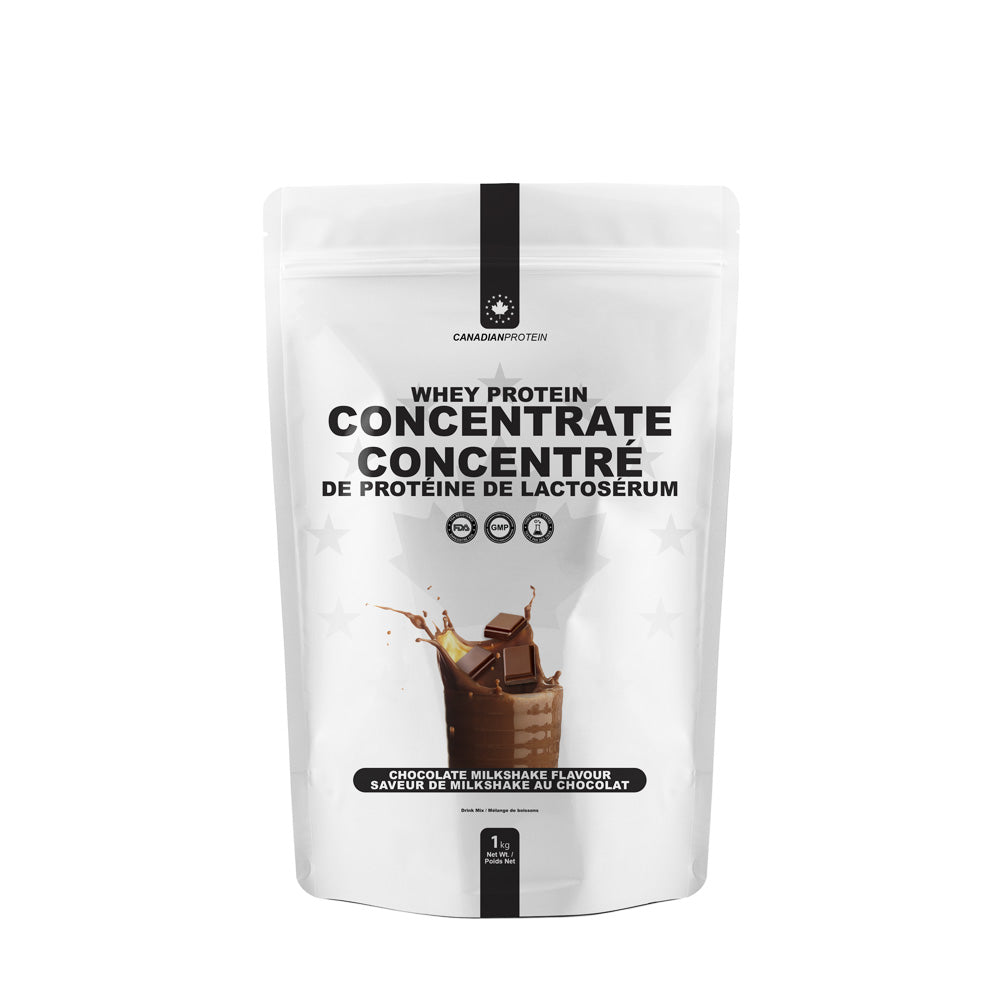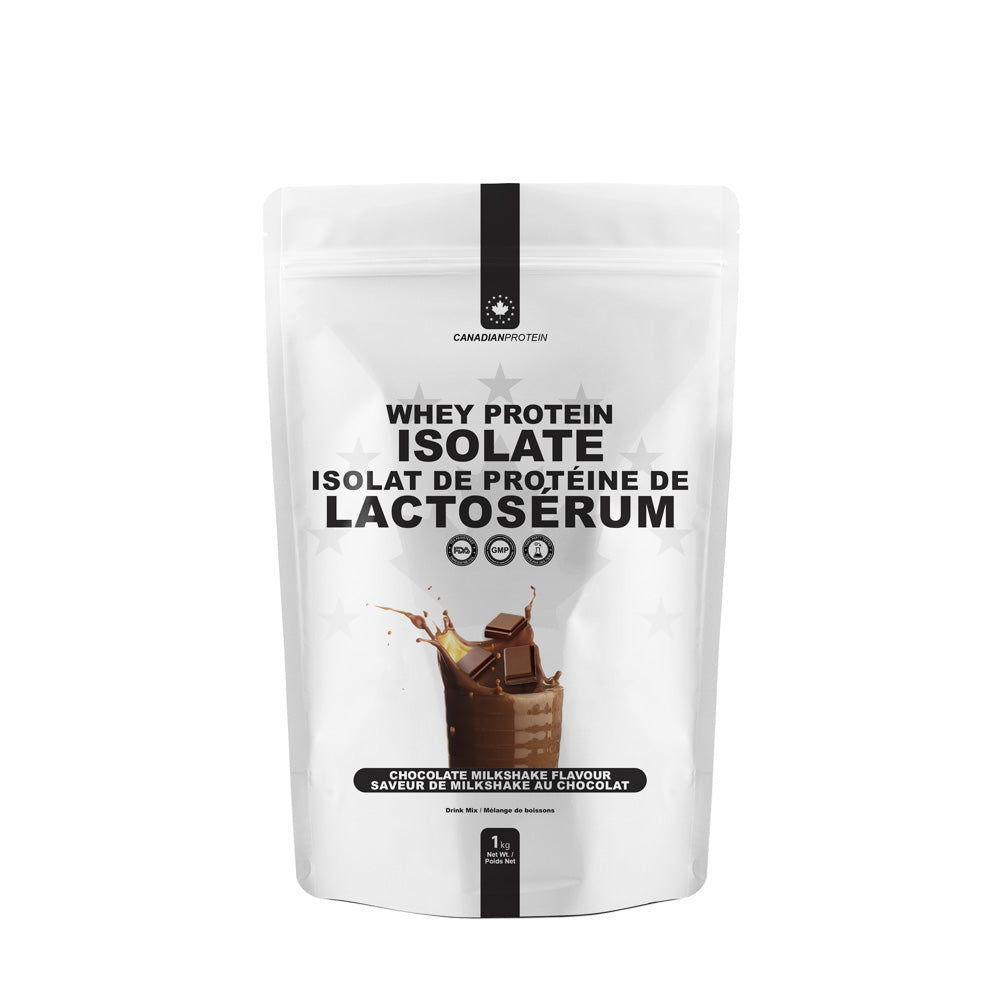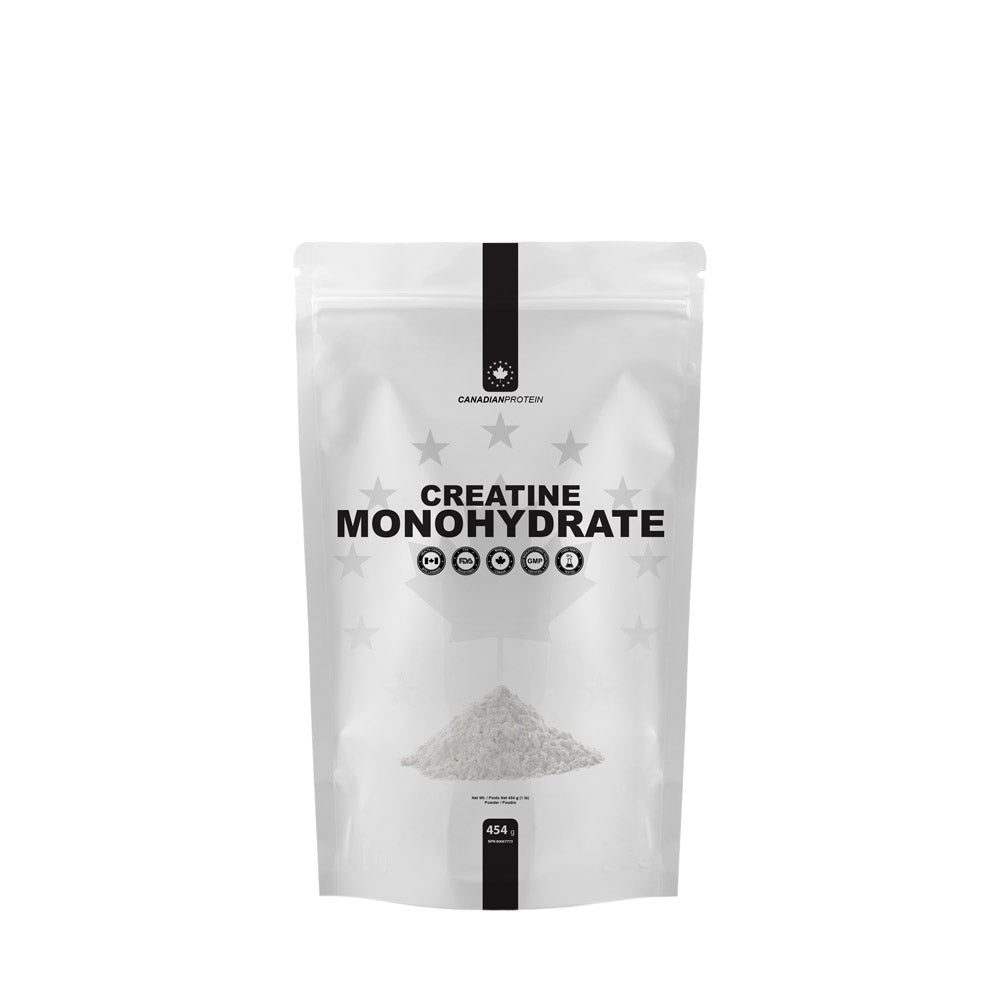Are you sick and tired of constantly being the skinny guy with spaghetti arms and a flat pigeon chest? If so, then what’s stopping you from bulking up and taking proactive steps in order to change your physique for the better? Perhaps you’re a female looking to tone up your body and accentuate your curves? Whatever your circumstances may be, the thing to remember is that it is never too late to change something you aren’t happy about, and that includes your appearance. Whatever your thoughts on health and fitness may be, the general consensus is that skinny is out, and muscular is in. That’s good news for those of you who are big and jacked, but what about those of you who happen to be smaller and struggling to pile on the size? Well, you too can build the body you’ve always wanted, you just need to work a little harder and brush up on a few useful tips and pieces of advice in the process. Whilst building muscle and increasing your strength is an extremely complex process, a few critical components of any muscle-building regime include:
- Training
- Diet and nutrition
- Supplements
- Rest and recovery
Sounds simple when you put it like that, right? Well, unfortunately things are never quite as black and white as they may seem, though if you know the basics and really commit to changing your physique, you will soon begin noticing some pretty impressive improvements to your physique. What’s that? You’re still not sure? Okay, then how about we take the reins and help clear things up properly? Here you will find the ultimate guide on building size and strength, as we lay things out as effectively as we possibly can, so you can hit the gym with the force of a thousand angry gods and can begin making gains like never before.
Training

First off, we’ll get things started by looking at the easy part of things, which is the training. Yes, you did read that right, compared with the other components we’ll be looking at today, training in the gym is actually the easiest part of the muscle-building process. Don’t let that fool you however, knowing how to train effectively in order to stimulate the greatest levels of muscle hypertrophy is anything but simple. Here’s a look at a few training tips designed to help you pile on more muscle than you may have thought humanly possible.
Lift heavy things and put them down again
Lifting weights is simply a case of lifting heavy things and putting them down again, isn’t it? On paper yes it is, but in the real world things are a great deal more complex than that. You see, if you’re looking to pile new size onto your frame, you need to really be pushing your body in order to stimulate the greatest amounts of muscle hypertrophy (that’s the fancy word for muscle growth, by the way). This means that you constantly need to be changing the amount of weight that you’re lifting each and every time you train. A lot of people make the mistake of using the same weights day in and day out, without really pushing themselves or making any progress. When you lift weights, after a while your strength is going to increase, which means that weights that once felt heavy, may now feel light. If the weights are too light then you aren’t going to see or feel any benefits so you need to ensure that you’re constantly upping the amount of weight that you’re lifting every time you train.
Find a good gym
If you’re serious about making some really noticeable improvements to your body, you need to ensure you’re training in the right surroundings. Whilst grabbing a set of plastic dumbbells and busting out a few curls and push ups in your living room is better than getting no exercise at all, if you wish to make any gains you will need access to quality equipment. Gyms come in all shapes and sizes, and some will no doubt be far more appealing to you than others. Consider visiting once or twice to get a feel for the gym, as well as the equipment, the staff, and the other members. If you aren’t sure, try a different gym, and again, see how you get on.
Focus on compound exercises
A good training routine should include compound exercises along with isolation exercises, though as it’s size you’re looking to add here, you should ideally aim to place an emphasis on compound lifts rather than isolation exercises. Compound exercises are exercises which recruit multiple muscle groups all at once. Squats for example, are compound exercises because they work your core stabilizer muscles, as well as muscles in your legs and glutes. For muscle hypertrophy, compound exercises are ideal because with one exercise you can target several muscle groups at once. Most compound movements are performed with free weights, though there are some bodyweight exercises that also make fantastic compound movements, such as pull-ups and push-ups. Needless to say, you should frequent the free weight section pretty much every time you lift.
Don’t ignore isolation exercises completely
For muscle growth, compound exercises should be favoured over isolation exercises, but this certainly does not mean that you should ignore isolation exercises completely, because you shouldn’t. During your training session you should aim to perform several isolation exercises during each training session, ideally leaving them until later on in your session. Isolation exercises, as the name implies, are exercises which isolate specific muscle groups, allowing you target individual muscle groups rather than several at once. Isolation exercises are perfect for helping to even out an unsymmetrical physique and for helping to bring up lagging body parts which are perhaps smaller in comparison with others. If for example, your shoulder are disproportionately small in comparison with the rest of your body, by performing isolation exercises on your deltoids (fancy word for shoulders) you can help to increase the size of your shoulders without working the rest of your body, so your delts can basically catch up.
Vary your training
The key to bodybuilding success is to constantly keep the body guessing. The human body is incredibly smart and incredibly resilient, which means that it quickly adapts to what it is you’re doing to it. This means that, initially, if you follow a training routine that was yielding very impressive gains to begin with, after a while, the body would be used to that routine and you would see your gains slowing right down, or stopping completely. To keep the body guessing, try switching up your training and varying things a little. Perform different exercises on different muscle groups, use different weights, perform more/less sets, and perform more/less reps. You may also wish to throw in a few drop sets or forced reps here and there, to really force your body out of its comfort zone. Every six weeks or so, make sure you follow a new training routine as well, which again, will help shock your body into new growth. For example, for the first six weeks, you could follow a 5 day split, before dropping down to a 3 day training week where you perform 3 x full-body workouts each week. After that you could try volume training, or any other program you liked the look of. The key to progression is change, so embrace change rather than fearing it.
Diet and nutrition

Now we’ll move onto the hard part. Yes, compared with training in the gym, getting your diet on point is much harder than you may have initially realized. Again, don’t worry, because we’re here to hold your hand every step of the way, as we’ll now look at a few fundamental components of a healthy diet and nutrition program.
Increase your calories
So far you’re probably liking what you’re reading because taking in more calories certainly sounds more appealing than cutting them right back. Hold your horses however, because before you reach for the ice cream and cookies, there is a catch. You could choose to ‘dirty bulk’ if you like (more on that shortly) but health and fitness experts generally do not recommend that, and instead, 99% of your daily calories should come from clean, wholesome, healthy foods. But how many should you consume? Well, to be honest, that all depends on your size and just how intensely you’re hitting the gym. If you’re a 5ft 2 woman weighing in at just 120 pounds, obviously you aren’t going to need to be taking in anywhere near as many calories as a 6ft tall 225 man looking to bulk up. The bottom line however, is that a caloric surplus is essential for building muscle, so aim for a moderate surplus to begin with, perhaps of around 300 – 500 calories above maintenance, and see how you get on there.
Don’t dirty bulk!
As tempting as it may be to dirty bulk, you really should bulk up in a slow and sustainable manner, making sure to take in plenty of healthy food along the way. Dirty bulking is basically where the eating gloves come off and anything goes once you hit the buffet tables. Dirty bulkers will eat as much junk food as they like, whenever they like, and will use the extreme surplus of calories they take in as an excuse to bulk up. In reality you will obviously gain weight, but sadly most of that weight will be from body fat. Dirty bulking will also make you feel horrendous, plus you’ll likely damage your health in the process. When bulking, aim to eat clean 99% of the time, with the occasional treat thrown in now and then for good measure and to help keep you sane.
Focus on wholesome and healthy foods
Forget processed foods and unhealthy ready meals and try to get most of your calories from healthy and wholesome foods. Stock up on essentials such as meat, fish, eggs, veggies, potatoes, rice, pasta, oats, healthy oils, etc, and make sure you’re getting enough vitamins and minerals in on a daily basis as well. If you eat well, you’ll feel well, and you’ll also perform better in the gym.
Get enough protein in each day
Protein is vital for our muscles, as they rely on it for the growth, repair, and daily function of them in the first place. This is why bodybuilders follow diets rich in proteins. Aim for around 1.5g of protein per pound of bodyweight, and be sure to spread this evenly throughout the day, taking in no more than 35g – 40g of protein per sitting.
Supplements

So, we’ll now assume that your training is perfect, and that your diet is even better. This means you can now think about adding supplements to your daily training regime. Supplements alone are not the secret to getting jacked. What they are however, is very useful tools that can really help provide you with a slight edge that can help you look that little bit better, and to perform that little bit better whilst in the gym. Here’s a few tips based upon using supplements to improve your physique.
Create a good stack
A supplement stack is basically a collective term for multiple supplements designed to be used in conjunction with one another to help you realize specific goals. Bodybuilding stacks for example, consist of supplements proven to help the body to build muscle, to burn fat, to recover quicker, and to perform more effectively in the gym. The exact stack you create is entirely up to you, though there are some tried and tested supplement essentials you will probably want to begin with. A good protein powder is a must because as mentioned, protein is essential for the growth and repair of our muscles. Creatine is another firm favourite amongst bodybuilders because it helps to increase ATP (a key source of energy for the muscles) levels in the body, meaning the muscles have more energy and can work harder during training. Multivitamins are also useful because we need vitamins to function correctly and to enjoy optimal levels of health and wellness. BCAAs, or Branched Chain Amino Acids, are also useful because they can assist with recovery and muscle growth and repair following a strenuous workout. The best thing to do in regards to creating a supplement stack is to do your research and look into what is likely to work best for you.
Don’t rely on supplements
As great as supplements can be, there really is no substitution for whole foods so if it’s a choice between whole foods or supplements, whole foods should win every time. If used alongside a healthy diet however, supplements can be very effective, but please do not rely on them because they don’t work miracles and if you don’t use them as they’re supposed to be used then they won’t be effective anyways.
Use samples to your advantage
Remember, everybody is different which means that some people will respond better to certain supplements than others. To help you get an idea of which supplements are likely to work best for you, try using samples and testers. This way you get to see how a supplement tastes and how it works, without spending too much. If you find a product that tastes great, and also works very well, you can then think about purchasing the full-sized version.
Rest and recovery

Finally, before we leave you alone and let you rush out there to start pounding some iron, we’ll finish up by looking at the importance of rest and recovery. If you want to make some serious gains, you need to give your body time to repair itself, it’s that simple. Here are some basic fundamentals:
Don’t over-train
When you’re in search of those ever-elusive gains, it can be tempting to hit the gym frequently, and by frequently, we mean every single day. However, if you were to train in this way, all you would do would be to over-train, meaning your body wouldn’t be able to repair itself properly, and that you may even experience some muscle wastage due to muscle breakdown. Aim for at least two full days of rest from the gym, and by rest, we don’t mean you should exercise in a non-lifting way either. By rest, we mean rest, in that you should do very little physical exertion.
Get enough sleep
Ah ha, now we’re talking. Everybody loves sleep, and here we’re giving you yet another reason to spend more time in bed. Each night, aim to get to sleep before 12, and try for between 7 and 9 hours of quality sleep. When we sleep, this is where our bodies repair themselves and it is where much of our muscle building is performed. To ensure your body has enough nutrients and proteins to keep you in an anabolic (muscle building) state, consider a slow-release source of protein before bed, I.E a casein protein shake.













